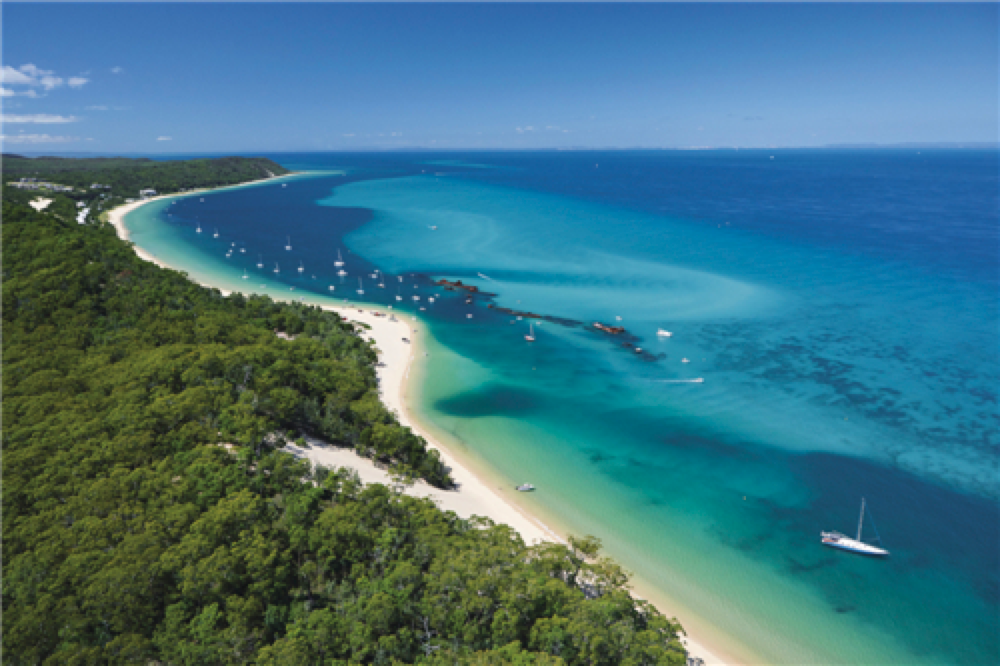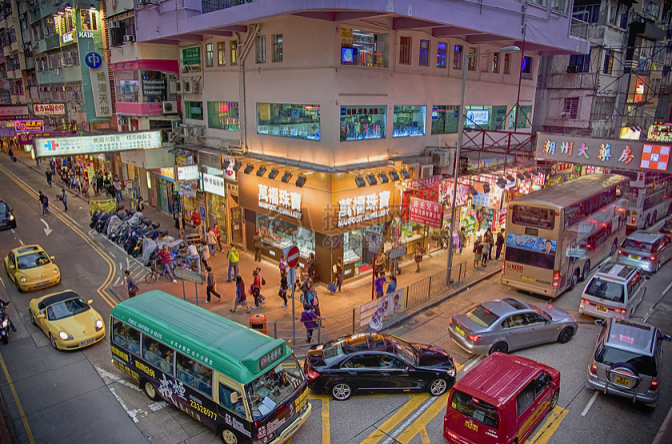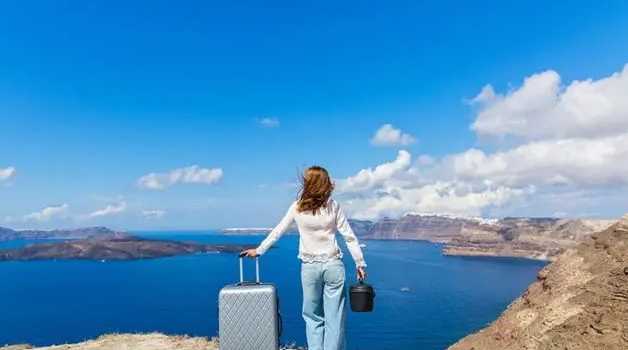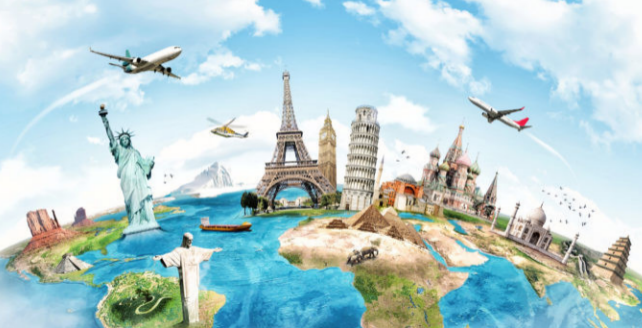There is always time for a cup of black tea in East Frisia. "In East Frisia, you can't get around tea," says Matthias Stenger, who was director of the East Frisian Tea Museum for many years. The aromatic hot drink is characteristic of the region in the far northwest of Germany.
In East Frisia, tea is still part of everyday life. The day usually begins with a cup of tea at breakfast and ends with one in the evening. It is quite common to brew a pot of tea at 9 pm. "That seems completely crazy to people outside East Frisia," says Stenger.

In fact, tea consumption of the East Frisians is enormous: according to the German Tea Association, an East Frisian drinks an average of about 300 litres of tea per year. Why is tea so popular in the region, when Germany is considered a country of coffee drinkers?
The secret probably lies in the East Frisian tea culture, which goes back a long way. Since 2016, it has been recognised as an intangible cultural heritage by UNESCO. The tradition of tea drinking in East Frisia goes back to the 17th century. The Dutch brought tea with them from their colonies in Asia. "Tea was very, very expensive for at least 150 years," says Henning Priet, a research assistant at the Bünting Tea Museum in Leer. Only later did it reach the general population. "Of course, people didn't drink tea in East Frisia then in the same way as they do today," says Celia Hübl, director of the museum.
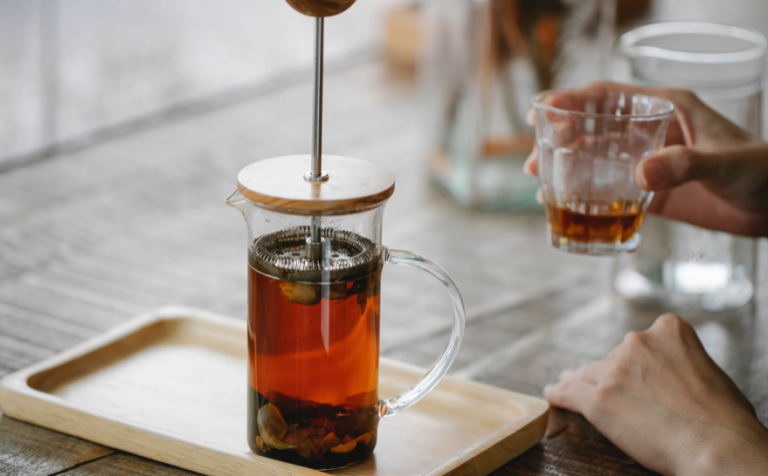
Anyone who experiences a real “teatime” in the countless tea rooms in the region knows that East Frisians celebrate tea drinking: a piece of rock sugar, known as Kluntje, is first put into a fine porcelain cup. The hot tea is then added, as well as a spoonful of cream – East Frisians call this “Wulkjes”. The teaspoon, by the way, is not intended for stirring. It serves only to indicate to the host that no more tea is desired and when it is placed in the cup.
Today drinking tea has something to do with taking time and getting into conversation with each other, whether at work or for afternoon tea in the living room at home. But the East Frisians do pay close attention to one thing: they rely solely on the "genuine East Frisian blend" when it comes to tea. This is almost only available in East Frisia, because only four companies that blend and package their tea in East Frisia are allowed to call it "genuine East Frisian tea".
The tea culture is usually passed down from generation to generation in the family. "Whereas in the past it was problematic when a Lutheran married a Calvinist, today it is sometimes problematic when a Thiele household meets a Bünting household," says Stenger with a wink. "Then you have to get together."

Tea is also popular with tourists who come to East Frisia. In addition to the many tea rooms, the tea museum in Leer offers the best opportunities for this. The museum is also working on a project that highlights the East Frisia tea culture as an intangible cultural heritage for sustainable cultural tourism. The central question is "How can we add value to an asset like the East Frisian tea culture?" The museum now wants to discuss this at a symposium – certainly over a cup of genuine East Frisian tea.
